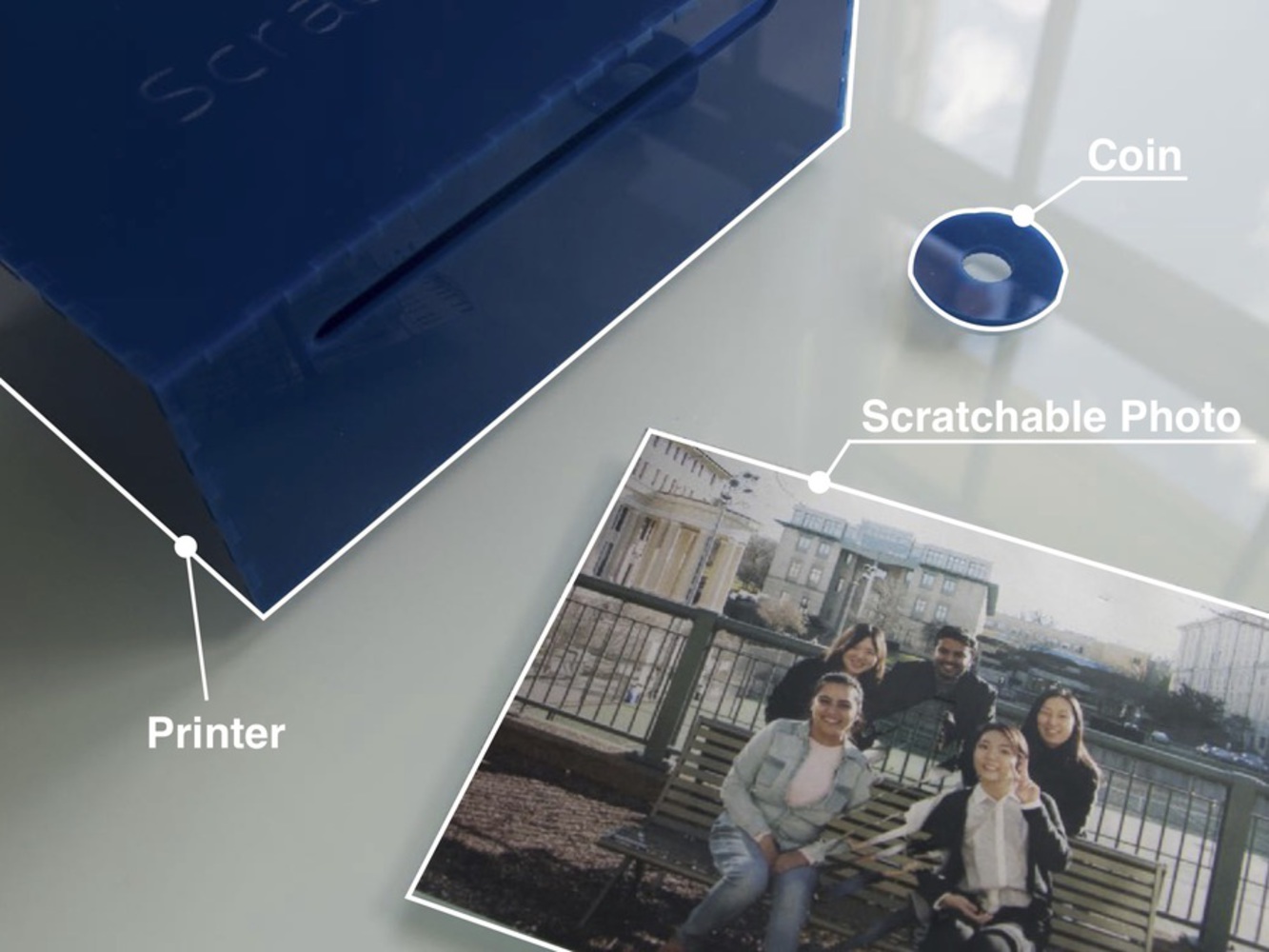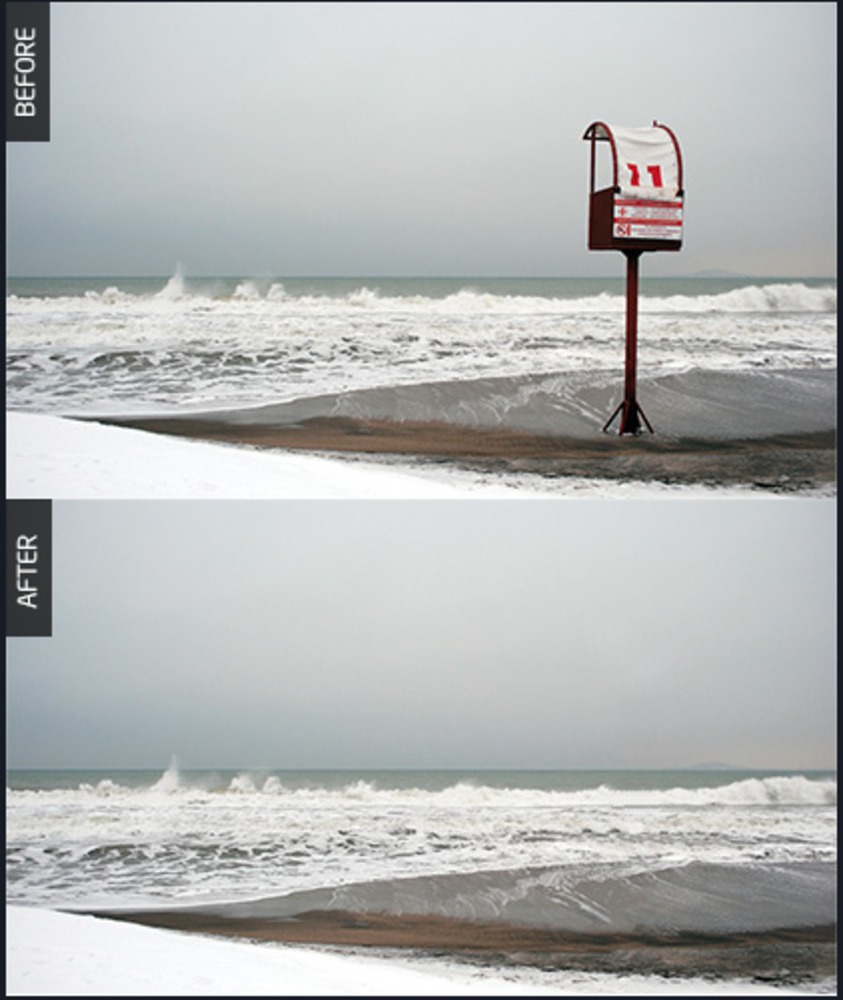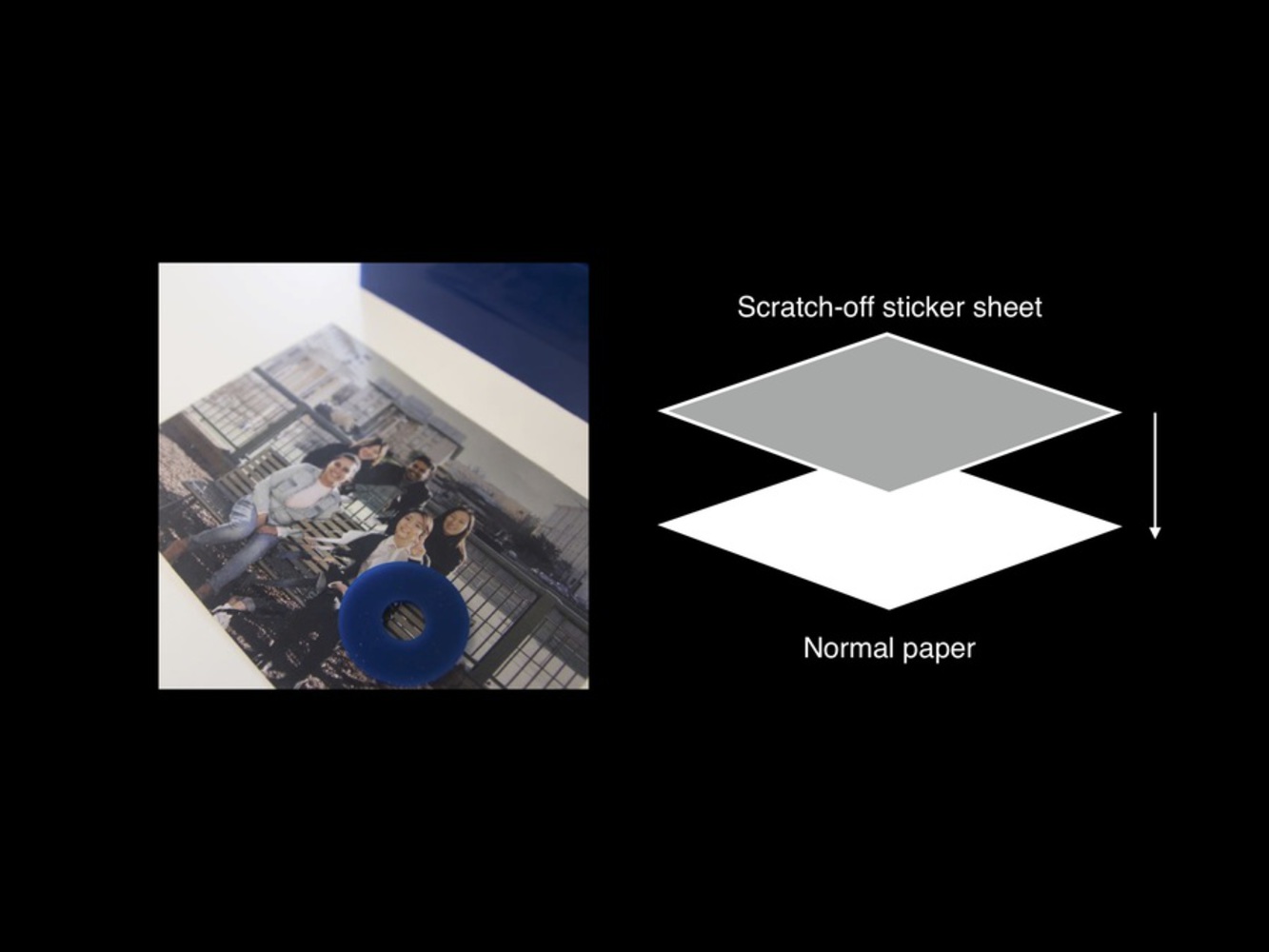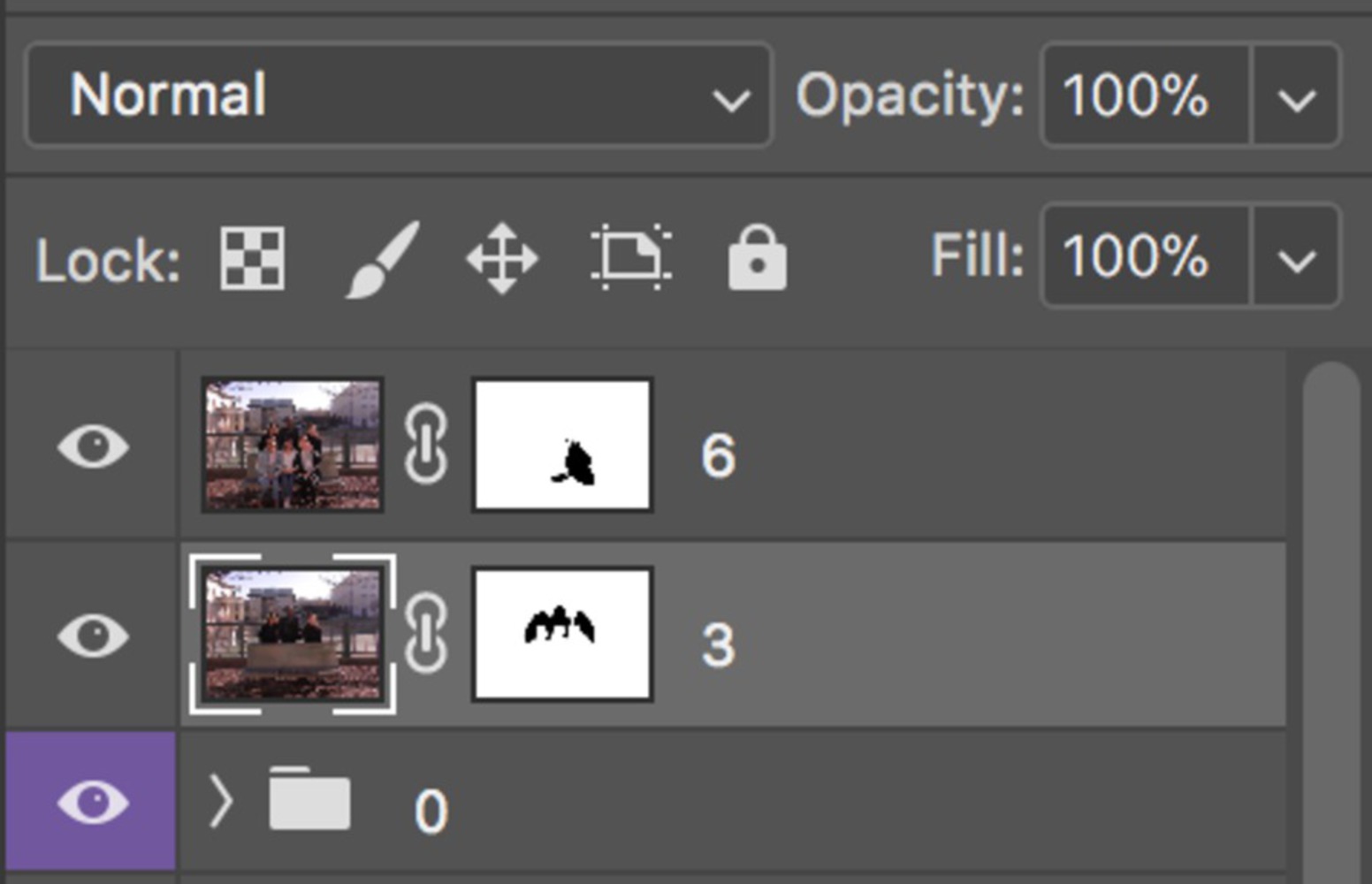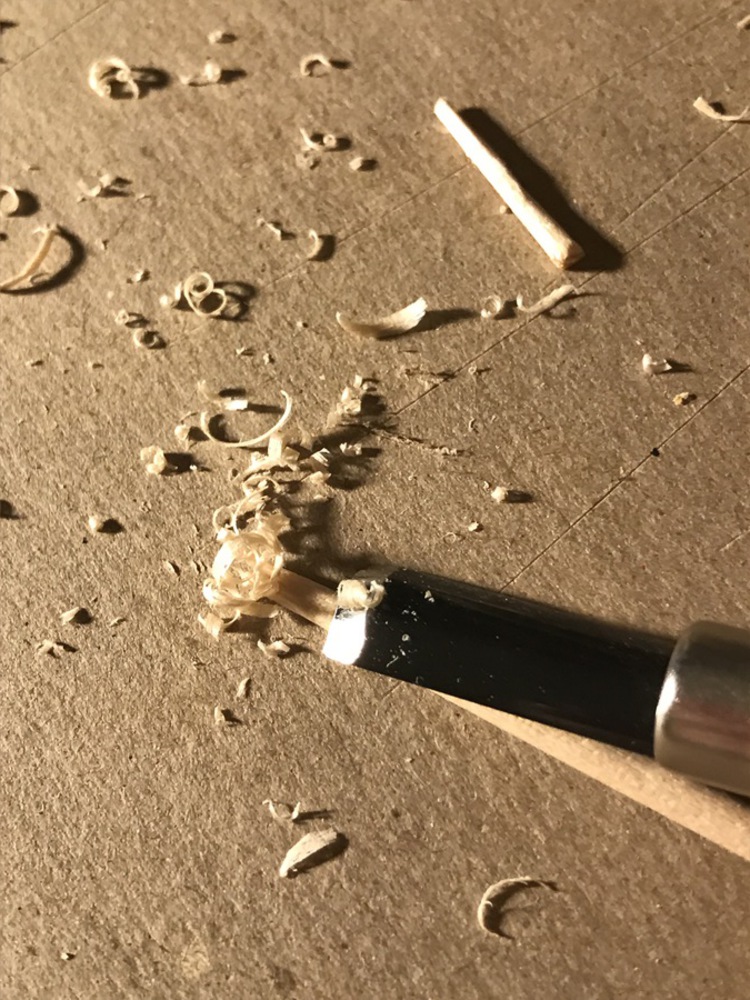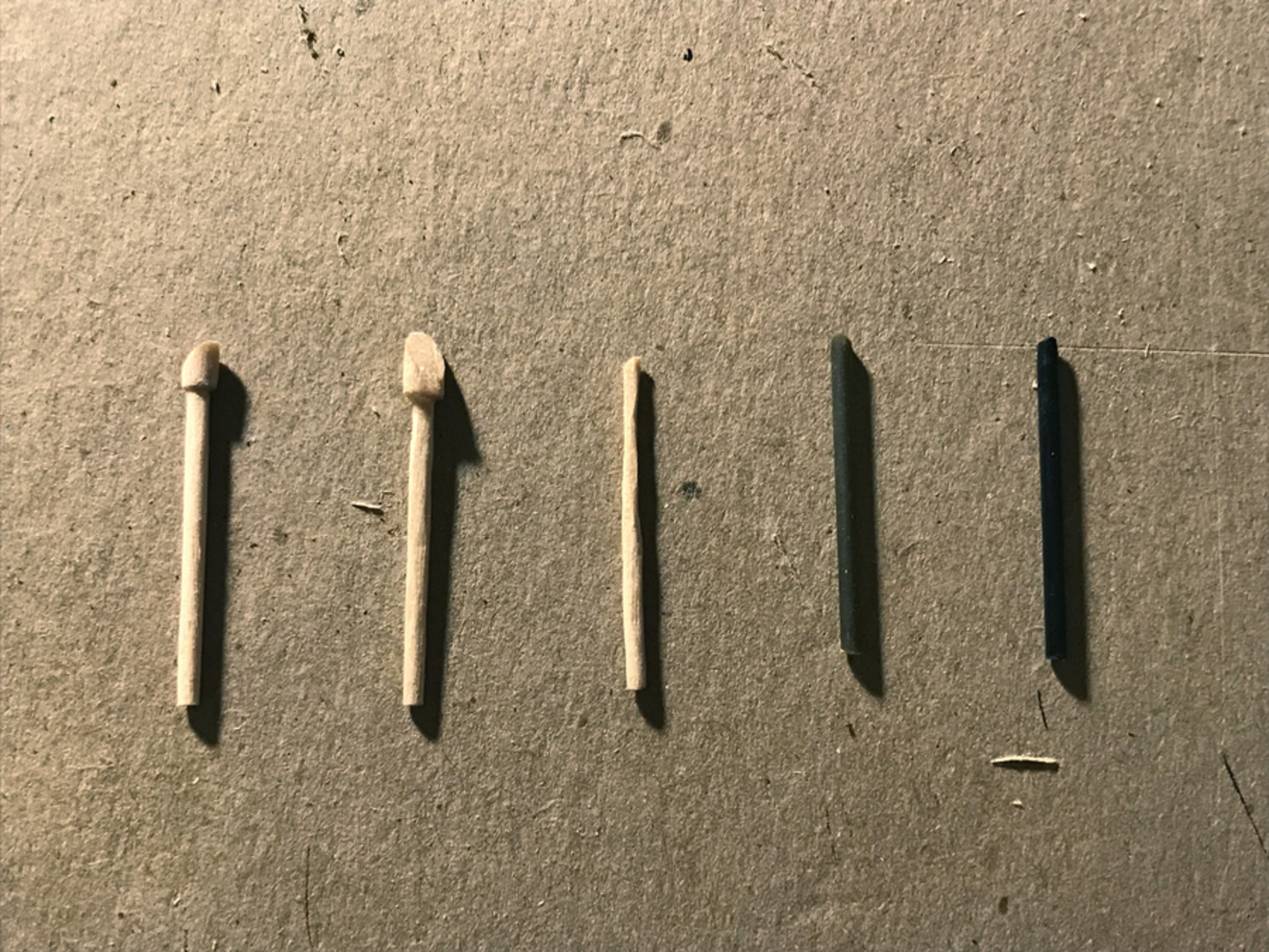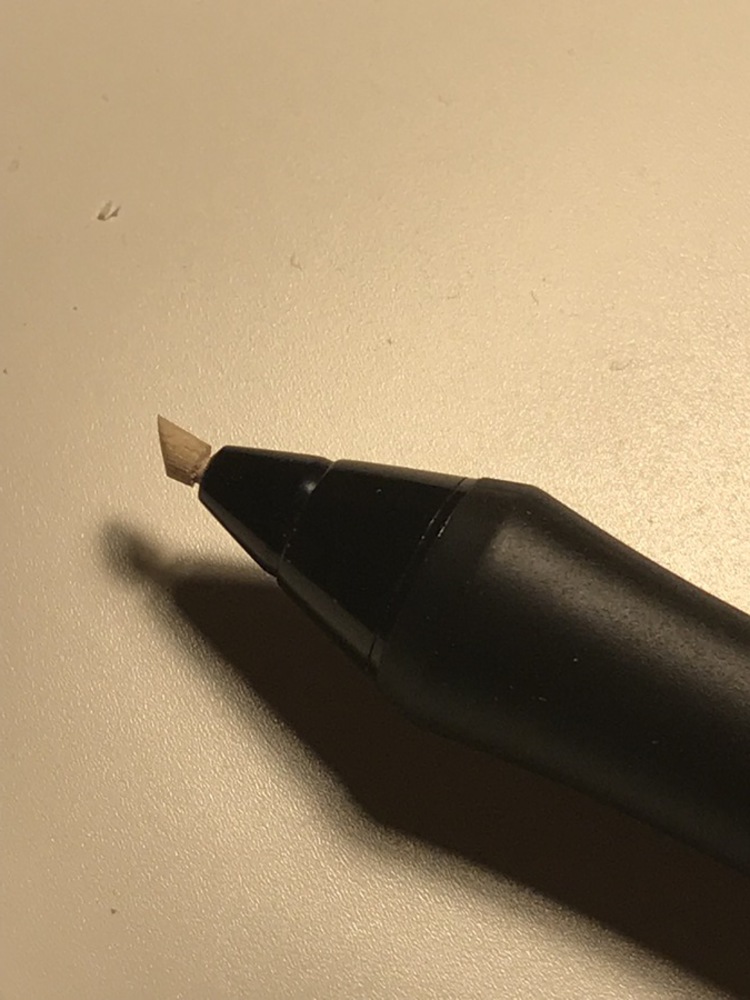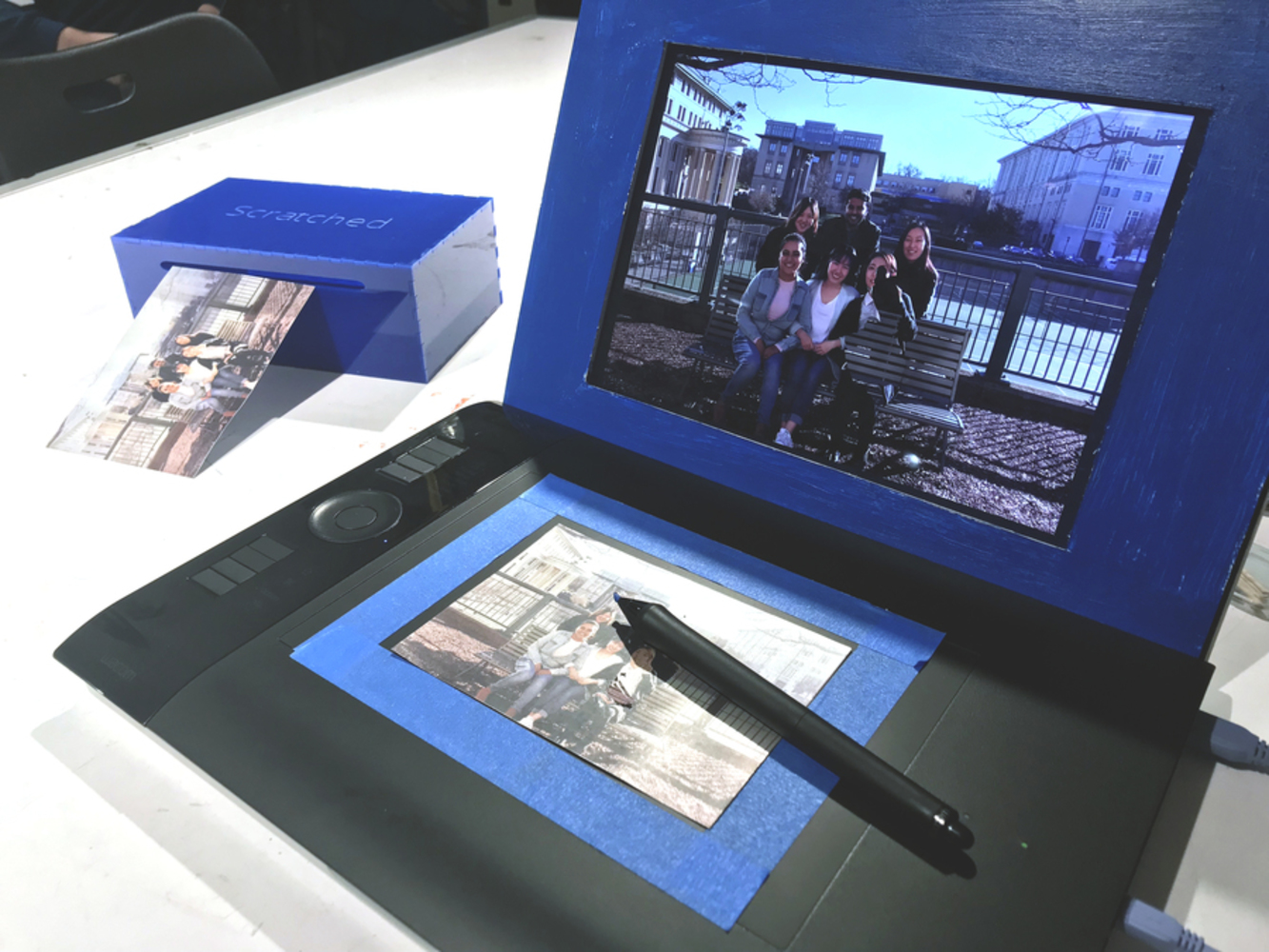Intention
This project intends to explore ways in which people deal with share digital memories (photos) after traumatic events, e.g. falling out with a best friend, significant other, family member, etc. We create a fictional world where partial deletion processes are available to everyone, where instead of destroying/deleting all parts of a memory, people can keep the overall experience by removing only a portion (an undesirable person, for example) from it. We explore the plausibility of this fictional deleting ritual by considering scenarios in which people misuse the technology, creating unexpected social effects.
This ritual for partial removal is to be conducted through a series of design objects: a specialized printer prints out a copy of the photo on sensor embedded paper, and a disk connected to the digital interface to scratch out the undesirable person. Once a person is physically scratched from the photo, he/she will disappear from the original digital copy as well.
